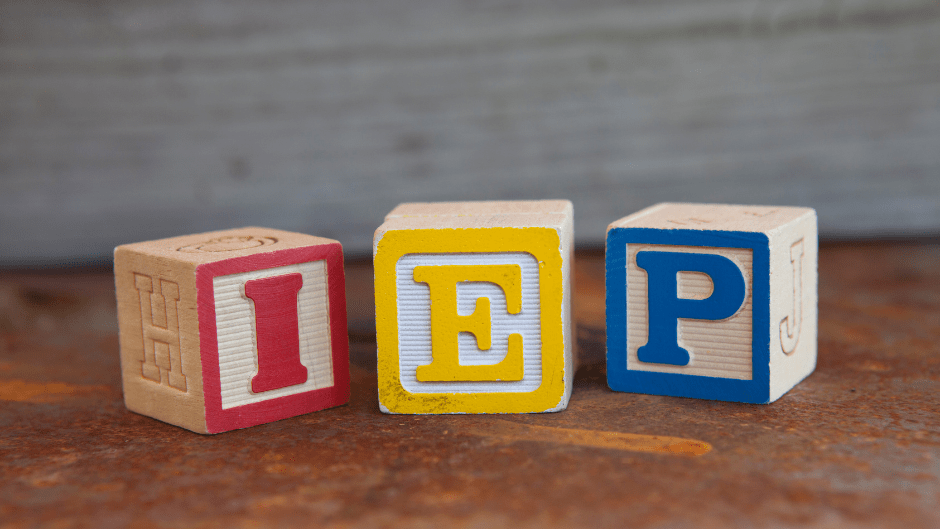
An Individualized Education Plan (IEP) is a tool teachers, students and families use to meet the personal learning needs of a student with disabilities and create more inclusive classrooms. The plan has four components: goals and objectives, program statement, present levels of academic achievement and modifications and accommodations. An IEP also represents a commitment to teach the student in the least restrictive environment possible. When implemented to fidelity, an IEP supports the student in succeeding at challenging learning and skill goals in the classroom and socially.
Teachers take various approaches to implementing a new IEP, often depending on their existing relationship with the student and the resources available to support them (Burns 2001). Some teachers prefer to look at their student’s IEP right away, while others wait up to a week to get to know the student first (Rotter 2014). Though IEP’s allow teachers to draw on the knowledge of their predecessors to support students with disabilities, students’ needs change as they grow. Over time, parts of the IEP can become less relevant or less aligned with students’ present level of performance. It is important for teachers to therefore make their own assessments about students’ learning and the strategies that would best serve them. Further, getting to know students allows teachers to tailor accommodations to student interests and makes students and families more comfortable advocating for their needs.
Though all parts of the IEP contain important information, teachers find the modifications and accommodations section most useful when planning lessons and support for students with disabilities (Rotter 2014). To plan comprehensive classroom support for students with disabilities, educators can make a map of all the student accommodations, seat together students with similar goals and needs, and create lesson scaffolds that are flexible and reusable. By aligning students’ individual IEPs, teachers can identify strategies to support multiple students and create ways for students to bolster each other’s learning.
Most importantly, even though the process of implementing an IEP happens largely during class, it is crucial for students and families to be in conversation with teachers about the supports students are receiving and how it’s going. Students should have opportunities to give feedback about their learning and involving them in the process of implementing the IEP gives them ownership over their learning and their disability (Konrad 2008). Similarly, families have unique insight into how students learn and their involvement in the process only furthers their investment in students’ growth.
Putting an IEP into practice is an ongoing project. Teachers, students and families must be in conversation and open to making changes. Understanding individual students’ needs as they relate to classroom culture and academic needs of other students also creates opportunities for students to support each other and ensures teachers can implement the IEP.
By Anika Lanser, Research Assistant at the Center for Social Development and Education
